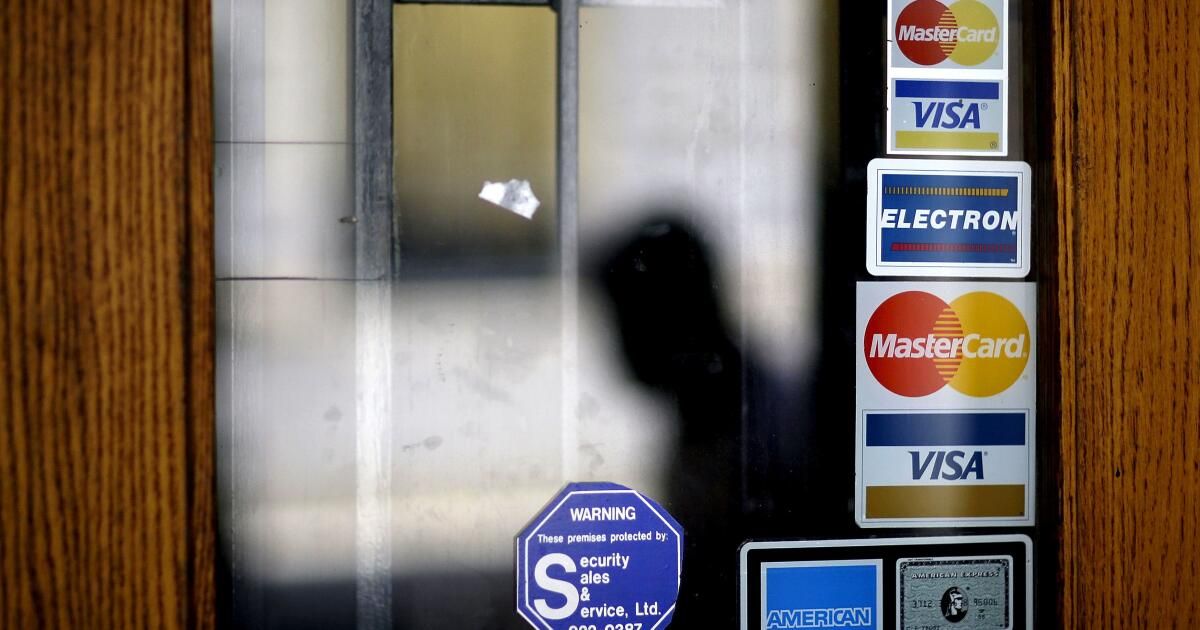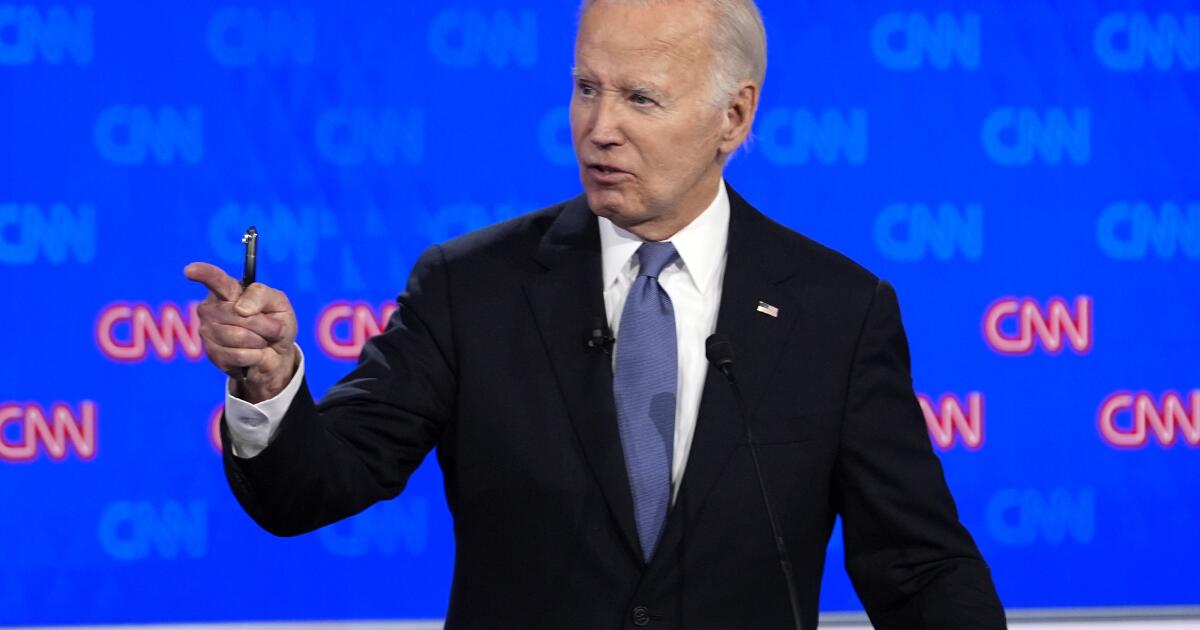Stubbornly high inflation and interest rates are taking a growing toll on California as the state experiences rising unemployment and slowing wage gains. And those who feel it hardest: the largest and perhaps most budget-conscious generation of them all.
Millennials, those aged approximately 28 to 43, are generally believed to be more debt-averse and better savers than earlier cohorts such as Gen X (ages 44 to 59) and Baby Boomers (ages 60 to 78).
But new data from the California Policies Laboratory of UC Berkeley show that, although consumer debts in general are growing and are becoming more difficult to handle for everyone, except for the oldest generation of the United States, millennials are Those who have more problems to make payments of their loans in time.
In the first quarter, 7.6% of millennial borrowers arrived at least 30 days at the end of making monthly payments on their credit card, cars and other loans. That compares to 6% of Generation X, 5.5% of Generation Z (ages 18 to 27) and 3.3% of boomers who fell behind on their loans. Previous generations of Silent and Greatest had even lower crime rates.
Unlike GEN X-Rers and Boomers, the general crime rate of the loan among millennials, which represent approximately a quarter of the population of California, has now risen above the pre-pandemic levels. And economists are concerned that financial pressures continue to increase, especially for the end of the pause in the payment of student loans. Among other things, millennials are known for carrying a lot of college loan debt.
“I don't see any reason to believe that crime isn't going to track higher,” said Evan B. White, executive director of the California Policy Laboratory.
Foreclosures and personal bankruptcies for all ages remain very low by historical standards, as does the percentage of after-tax income that households spend on paying down debt, another important indicator of financial stress.
Even so, California consumers and throughout the country have borrowed more in recent quarters, including loans with credit cards. And 30-day delinquencies have been increasing, an early warning sign of potential problems ahead.
Until now, consumer spending, which represents most of the country's economic growth, has remained well. But many people are feeling the effects of what has been a prolonged period of inflation and high interest rates. A decline of consumers could have a significant effect on the economy in general.
In the annual report of the Federal Reserve on the economic well -being of the Americans, also published this week, about two thirds of adults surveyed said that the changes in the prices they paid in 2023 compared to the previous year had worsened their situation financial. And a fifth of them said inflation had made things worse.
The Federal Reserve report found that 72% of adults were “well” financially, similar to the 73% figure in 2022 but well below the recent maximum of 78% in 2021.
American households continue to benefit from a solid labor market, which includes solid salary increases, although slightly lower. The country's unemployment rate was 3.9% in April, the twenty -seventh consecutive month in which the unemployment figure has been below 4%, the longest period since the 1960s.
The employment situation in California, however, has not been so good. The pace of statewide job gains has lagged the nation. And California's unemployment rate of 5.3% last month was the highest in the country, reflecting weakness in key sectors such as entertainment, high technology and business and professional services. The number of unemployed workers in the state has increased by 164,000 in the past 12 months, according to the California Employment Development Department.
Meanwhile, wage growth has slowed more in California than nationwide, and is now below the rate of inflation, meaning workers' purchasing power is shrinking.
In the 12 months ending in April, average hourly earnings for all private employees in California increased 1.4% from a year ago. That's less than half the rate of wage growth and inflation in the United States. By contrast, from 2016 to 2022, California employees experienced pay increases averaging 3% to 6% annually.
Nationally, apart from student loans, crime in all types of consumer debt have constantly increased since the late 2021, according to New York Fed.
During the first two years of COVID-19, consumers paid their debts significantly, thanks in part to stimulus checks and other government programs. But since then, crime with credit cards, in particular, have increased above the pre-pondemic levels, and a majority of the borrowers are at the maximum of their plastic, most of them younger adults.
Why millennials seem to be struggling more financially may seem puzzling at first. They are the best educated generation and the first to grow up in the digital age. But many millennials also had the misfortune of entering their formative adult lives in the midst of the Great Recession that began in late 2007 and left a trail of work and financial difficulties for some years. Burdened with student loans and other debt, they have been slower to leave their parents' homes, start families, and build wealth compared to previous generations.
More recently, with mortgage rates and home prices rising, many millennials are stuck in apartments and feeling the pressure of higher rents and prices for certain services they are likely to need given their stage of life, such as daycare.
In fact, the FED economic welfare report found that although there were few changes for most population groups between 2022 and last year, a remarkable exception was that parents who lived with their children under 18. Since women have children later, this group would include a disproportionate participation of millennials.
“Those are years in which we are moving towards higher expenses in the purchase of houses, cars and even reserve money for the University of Children,” said Greg McBride, chief financial analyst at Bankrate.com, which has studied the Generational differences in debt management. “When we've experienced the kind of inflation we've had, that really puts pressure on tight budgets.”












